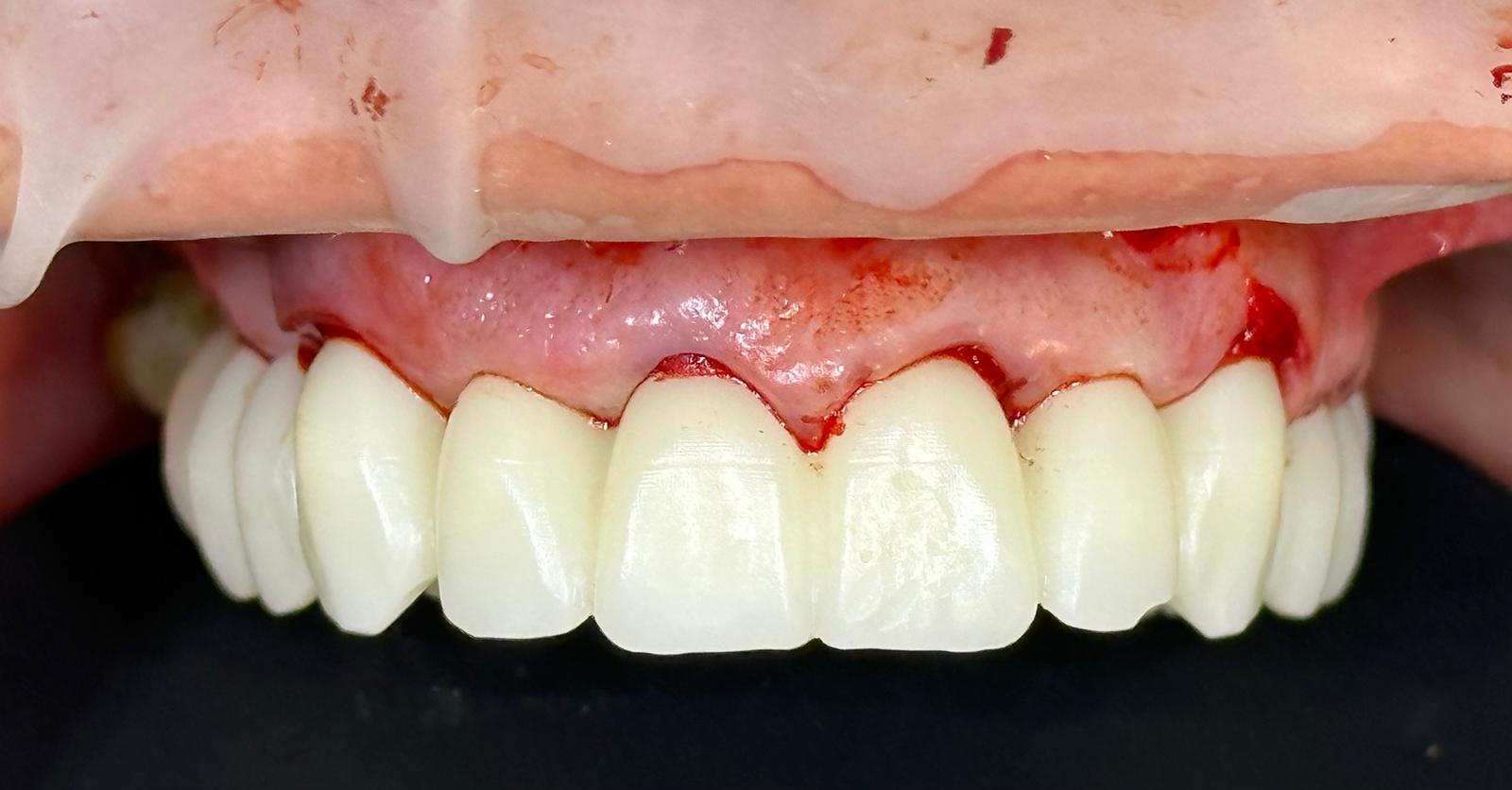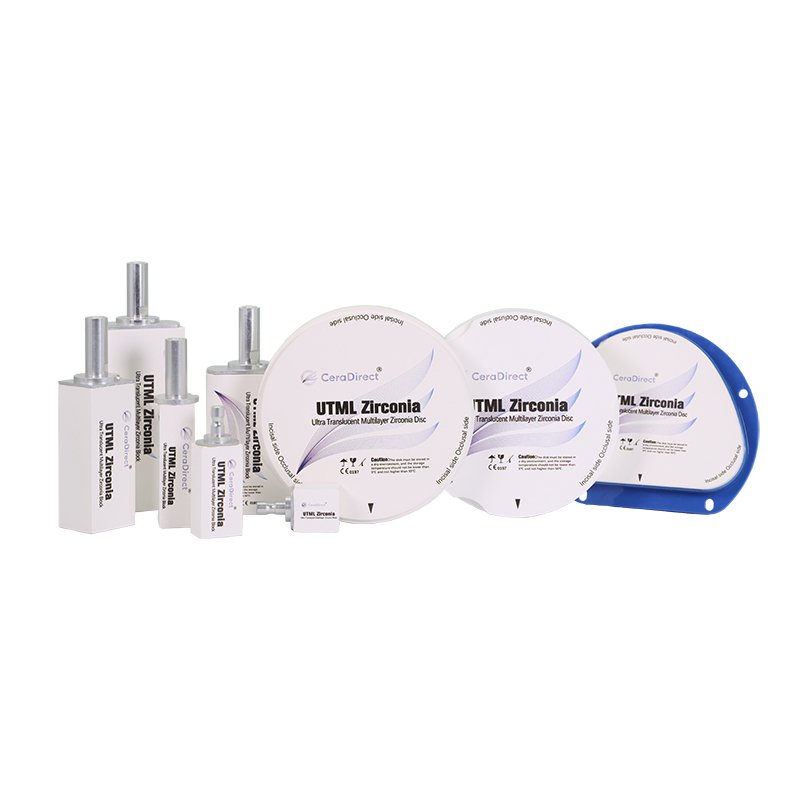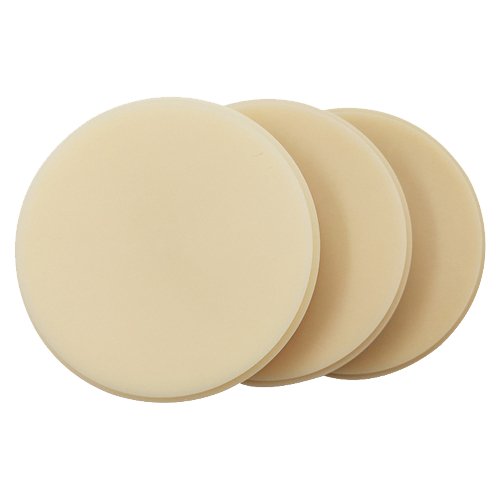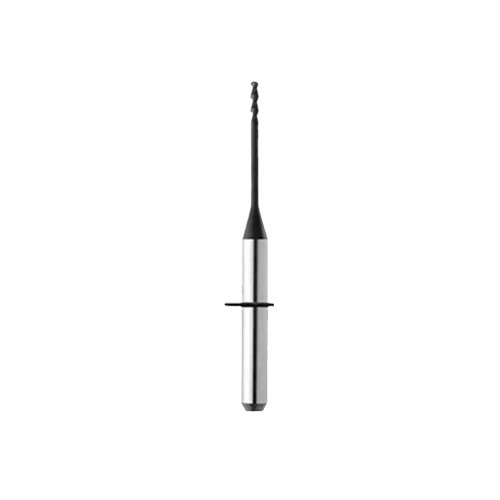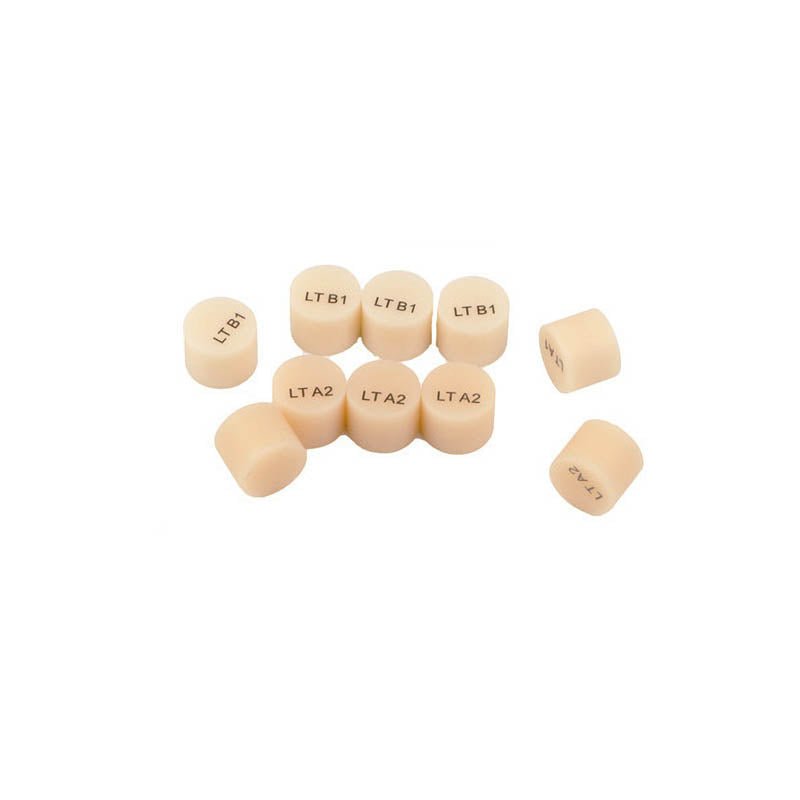PMMA, or polymethyl methacrylate, is a versatile material widely used in the field of dentistry for various applications. Let's delve into the comprehensive world of PMMA dental applications.
What are the key characteristics of PMMA?
PMMA is a transparent thermoplastic that is lightweight, durable, and biocompatible. It is known for its excellent aesthetic properties, making it a popular choice in dental prosthetics.

How is PMMA used in dentistry?
PMMA is commonly used in the fabrication of temporary crowns, bridges, and dentures. Its ease of use and ability to mimic the natural appearance of teeth make it an ideal material for creating temporary restorations.
What are the benefits of using PMMA in dental applications?
One of the main advantages of PMMA is its affordability compared to other materials. It is also easy to manipulate and adjust, allowing for quick chairside adjustments during dental procedures. Additionally, PMMA restorations can be fabricated in a single visit, saving time for both the dentist and the patient.
Are there any limitations to using PMMA in dentistry?
While PMMA is a versatile material, it is not as durable as some other materials used in permanent restorations. It is more prone to wear and discoloration over time, making it more suitable for temporary solutions rather than long-term restorations.
What is the future of PMMA in dentistry?
Advancements in material science continue to improve the properties of PMMA, making it a more viable option for a wider range of dental applications. With ongoing research and development, PMMA is expected to play an even larger role in the field of dentistry in the years to come.

